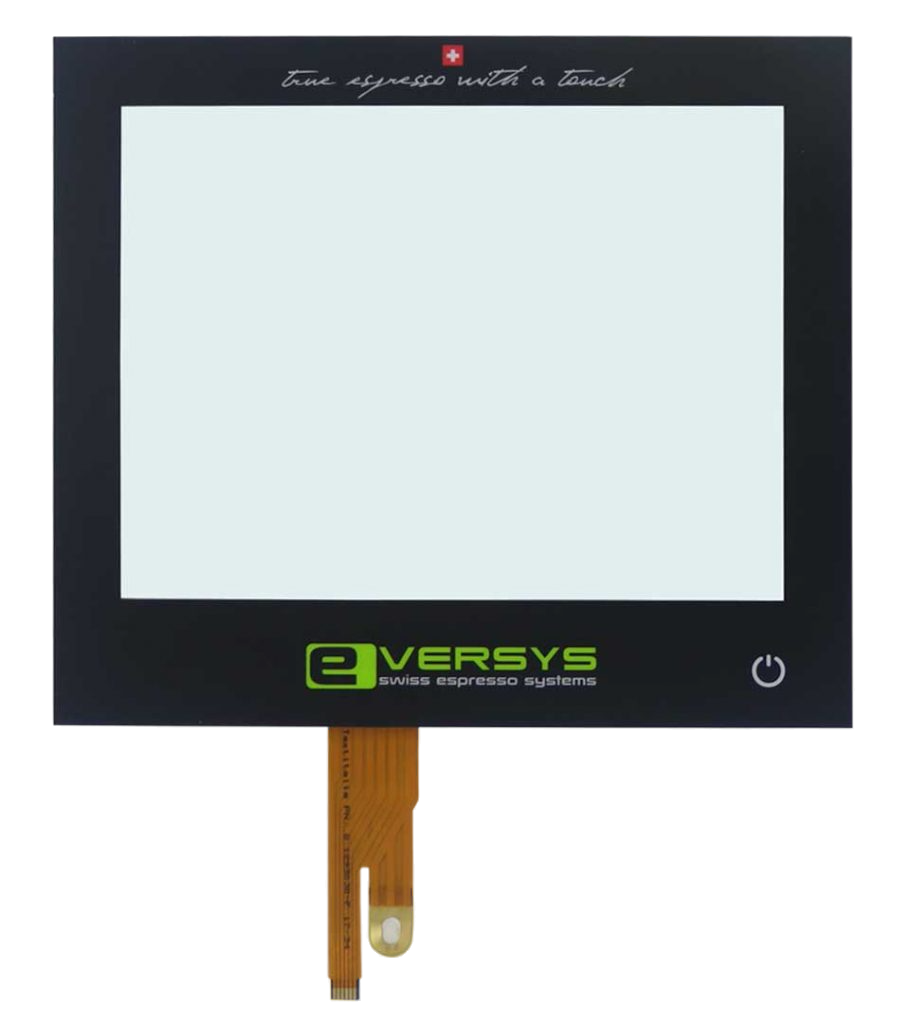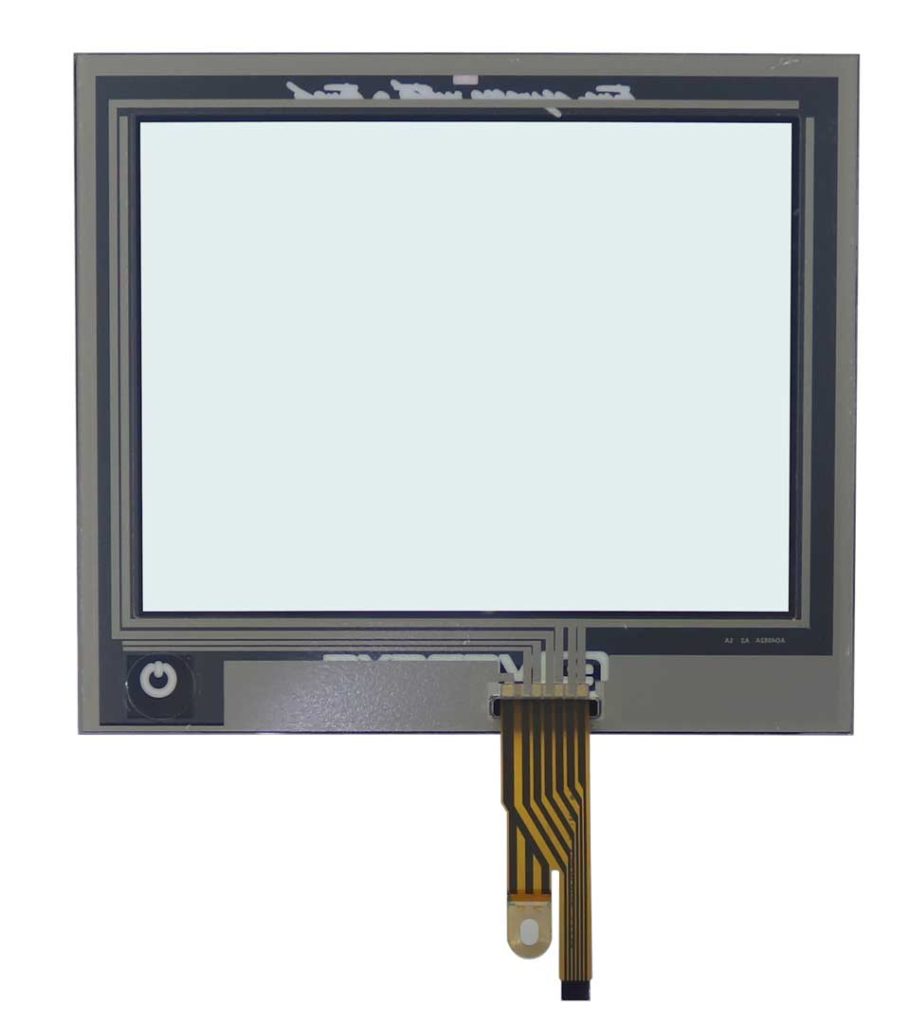What is 4-Layer Resistive Touch Screen ?
Dr Pan: Welcome to DISPLAY Museum. I am Dr Pan, the curator of Museum.
Greg: Hello, Dr Pan. I am Greg. I came here to learn about 4-layer resistive touch screen.
Dr Pan: Hello, Greg. Regarding 4-layer resistive touch screen, the middle two layers are functional layers and the touch function can be achieved by them; the first layer is decorated layer and the silk-screen is painted on it; the bottom layer is supporting layer and it can increase the strength of the entire panel.
Actually, there are 9 layers in 4-layer resistive touch screen. The 4 layers mentioned above (decorated layer, two functional layers and supporting layer ) are the main structure.
From top to bottom, decorated layer, OCA1, ITO bear layer1, ITO layer1, double sided tape, ITO layer2, ITO bear layer2, OCA2 and supporting layer.
Greg: Dr Pan, from my experience, I can barely see any 4-layer resistive touch screen on the market, why?
Dr Pan: It is true that it is rarely used because it is too costly and is being replaced by capacitive touch screen.
Greg: Thank you, Dr Pan. Now I got it.
Dr Pan: Welcome to contact us if you have any question.


